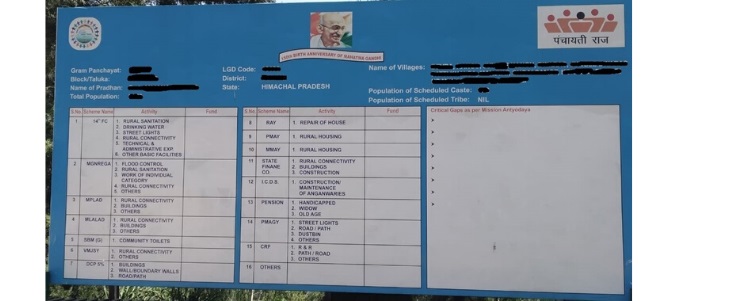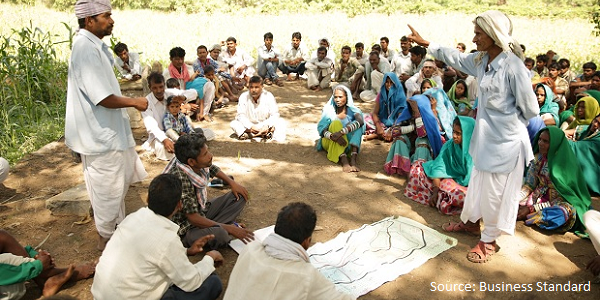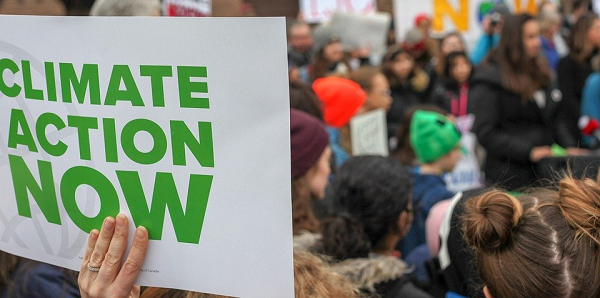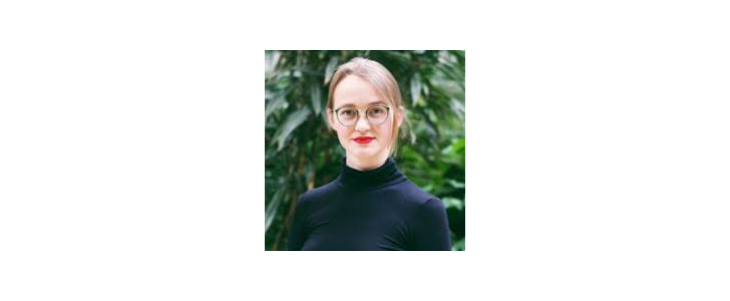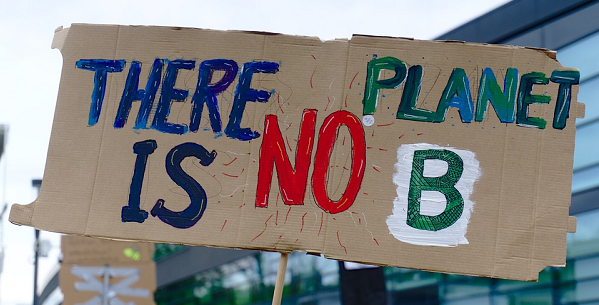As Greta Thunberg thundered at world leaders at the UN Climate Action Summit in September, her outrage was palpable and made global news. Her scathing attacks on the lax implementation of international standards to mitigate impending environmental disaster, and the lack of collective action at the expense of short-term economic gains has created a virtual divide. This divide is between the relatively wealthy older generation who she accuses of being passive in the face of impending disaster and the dynamic, revolutionary youngsters who are almost insurgent in their determination to preserve the natural world. She accused the former of the criminal injustice of having stolen the childhood of her and others and their right to live and dream in the security of a future, bequeathing to them, instead, a world whose future is becoming increasingly toxic, violent and uncertain.
Young advocates the world over are battling crises that affect their cohort exponentially more than comparatively older demographics. Issues such as climate change, the impending water crisis, student loans, stagnating real wages are far more concerning for the youth of today than their older counterparts who are least at risk. In other words, imprudent decisions taken today may have disastrous consequences for the future with rising intergenerational debt levels that undermine essential capital investments for development, reduced standards of living, eventual loss of livelihoods, and ecosystems.
Yet the youth do not have a seat at the decision-making table.
Many countries today suffer from a lopsided generational representation of age cohorts in their Parliaments and legislative assemblies. Only 12 per cent of the members of the current Lok Sabha are under 40 years of age whereas 65 per cent of the population is below 35 years[1]. Participation among the youth in politics has been declining as well. The first two Lok Sabhas had as many as 164 MPs in the age group of 25-40 years. The current Lok Sabha has around 65 MPs who are between 25-40 years[2].This disparity is telling when it comes to policy decisions, especially with regard to issues that affect the young far more significantly. This begs the question whether the young are underrepresented in today’s decision-making process.
There is an interesting alternate solution to the above which has, even at the nascent stage of a thought experiment, created quite a buzz. Age-weighted voting systems look to diminish the role of a ‘one-vote-one-voice idea’, and instead provide younger voters with a significantly higher leverage in the democratic process.
Let us, for example, consider a hypothetical four player decision-making system. Each player’s votes are weighted differently. This may be enumerated in the following way:
(Q: P1, P2, P3, P4} => (18: 12, 8, 6, 4)
The above can be understood as follows: the corresponding weights for Players 1 to 4 are 12, 8, 6 and 4. So, when Player 1 casts a vote, it is equivalent to casting 12 votes, when Player 2 casts a vote, it is equivalent to casting 8 votes and so on. Thus, there are, in total, a possibility of 12+8+6+4 i.e. 30 votes being cast when all players in the system participate. The variable Q, which has a value of 18, represents the minimum number of votes that may be cast in favour of (or against) a particular proposal for it to pass. Typically, a value just over one half of the total number of votes (by weight and not by person) is usually fixed as the minimum required number, and is called reaching quota. In our hypothetical case, the quota is randomly fixed at 18.
Now suppose: Player 1 depicts 18-27 year olds; Player 2 depicts 28-37 year olds; Player 3 depicts 38-47 year olds; and Player 4 depicts 48+ voters (for argument’s sake let us assume that retirement age is about 40 in this system). The different combinations of the results of the game, assuming more than one player engages in the referendum (since no single player can reach quota on their own) would be as follows:
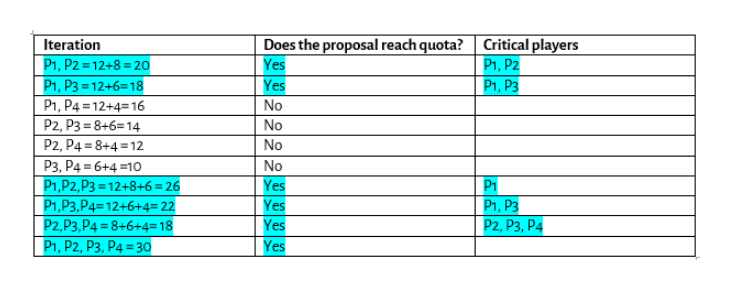
Table prepared by the author based on the Banzhaf Index of Power.
When we study the winning combinations (iterations in which the proposal reaches quota) we can identify ‘critical players’ in every round. Critical players are those players in the selected iteration without whom it would be impossible to reach quota. In the two player combinations that are successful [(P1,P2) and (P1,P3)] both players are naturally critical as no single player has enough weighted votes to reach quota on their own. In the three player combination, however, the number of critical players differ in every iteration. In the first one (P1,P2,P3), the quota cannot be reached without Player 1 but Players 2 and 3 are dispensable if either one of them combines her votes with Player 1. In the second round (P1,P3,P4), Player 1 is critical as Players 3 and 4 cannot reach quota on their own. However, Player 3 is also critical because Players 1 and 4 cannot reach quota on their own. In the last three player combination (P2,P3,P4), all three players are critical. In the four player combination, when all players participate, none are critical.
We can also calculate the Banzhaf Index of Power: an index that measures political power of each member of a voting group, for each player. It is derived by counting the total number of times a member (or cohort) is critical for reaching quota divided by the total number of critical players in each successful round. In our example, for every winning combination, there are in total ten times players are critical. Player 1 is critical in 4 out of the ten times, so its Index measure is 40 per cent. Similarly, players 2, 3 and 4 have a power index of 20 per cent, 30 per cent and 10 per cent, respectively.

What is interesting is that higher weights do not correspond to a higher power index. This could have interesting implications in policy which merit consideration:
- It is fair and justifies the disproportional representation of the population: If policies on the future of the environment and long- term sustainability of natural resources are to be decided, it makes sense to have youngsters have a substantial say in the process; if the age-weighting is based on the approximate life expectancy, it will counter the incentive of older generations (with a comparatively shorter remaining life span) to choose shorter term gains over long-term sustainability concerns.
- It presumes that the younger populace knows what is best for them in the long run, and that they are fully informed of the future consequences of policymaking today (to be fair, no voter can have perfect foresight). It also presumes that the older generations are entirely self-interested and do not have sufficient investment in the preservation of the future. Neither of these presumptions may necessarily hold true.
- For ageing populations, this is a good alternative to ensure that future-oriented policies are undertaken in the economy.
- For younger populations, it is still a good alternative. The weights can be adjusted for the higher share of the younger voting population, and the corresponding life expectancies of older generations whose share is lower in absolute numbers. The idea is to provide representation on the basis of gains and losses from a cost-benefit analysis of overlapping generations, and not merely higher representation of the young.
- This may encourage voting among the young in large numbers as well as active participation in politics on their part.
- Providing higher weights does not necessarily correspond to more political clout. As can be seen from the calculations of the Banzhaf coefficient, the quota value may be altered to ensure a fair representation of all cohorts despite an obvious weighted bias towards the young.
- This could skew attention of political candidates towards their young voter base. This may have both positive and negative consequences. Would it come at the expense of issues concerning older voters?
- It is possible that the system would prove most suitable under conditions of a referendum and not as a reform to the electoral process as a whole? This system may prove counter-effective to decisions with regard to, say, health expenditure or pensions that do not affect younger generations in the short run as much.
Greta Thunberg’s address to the UN was greeted with both rapturous enthusiasm as well as some very denigrating, merciless attacks. If age-weighted voting is seriously considered as an alternative to current voting systems, this kind of mixed reaction is to be expected since broad acceptance for the idea will be difficult to achieve. However, the rationale of an age-weighted voting system proves quite tempting, and difficult to ignore as a legitimate systemic reform.
For more on the Banzhaf Index of Power, visit here and here.
Also Read: Policy and Activism from the Perspective of a Youth Activist
_____________
[1]https://theprint.in/opinion/average-age-of-modis-cabinet-is-60-will-they-understand-indias-restless-youth/245673/
[2]https://www.prsindia.org/parliamenttrack/vital-stats/profile-newly-elected-17th-lok-sabha
